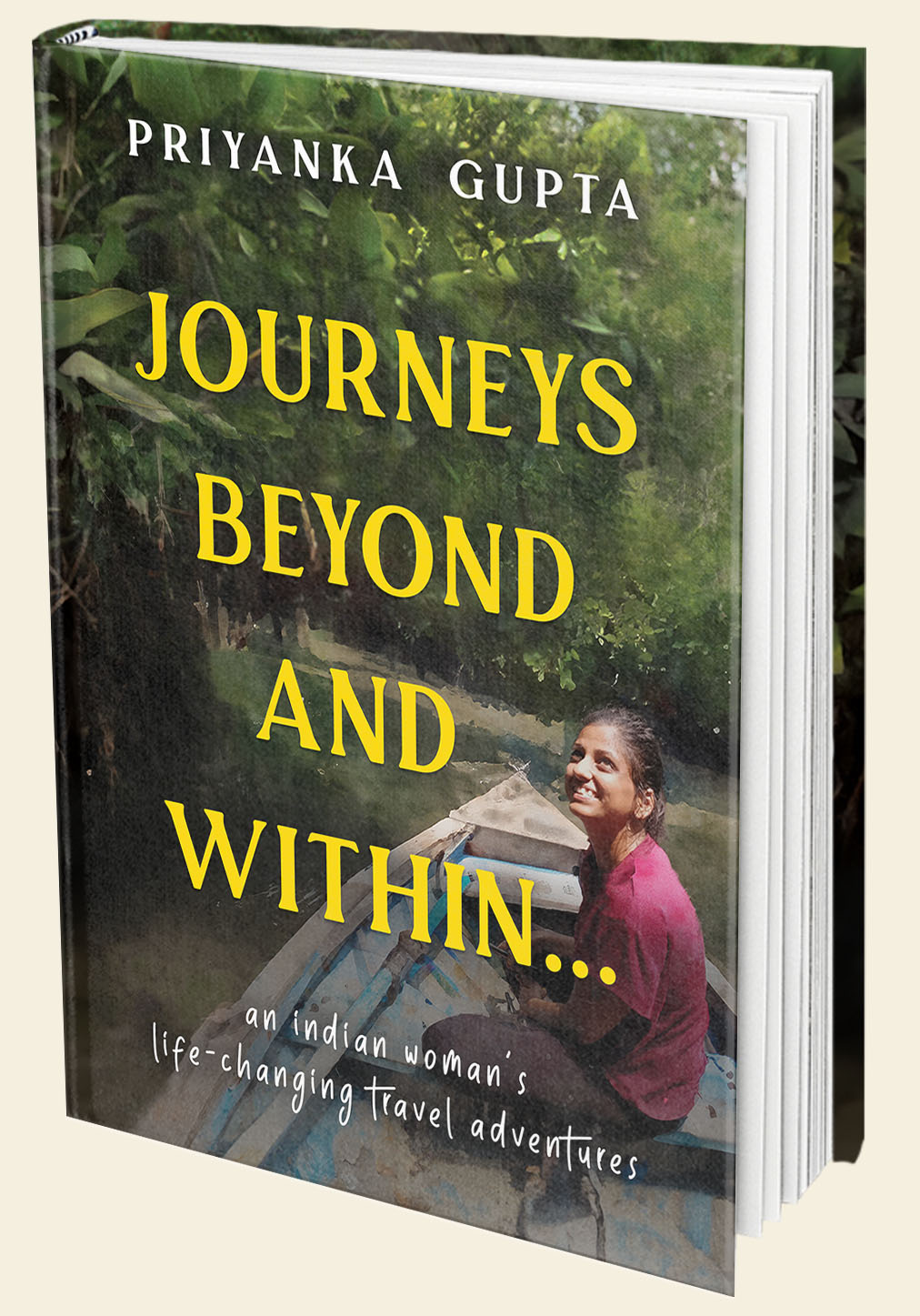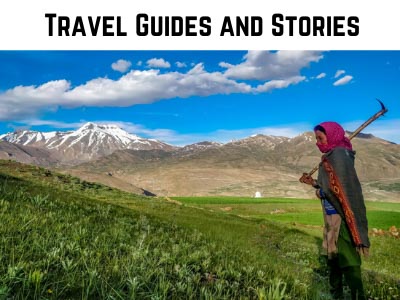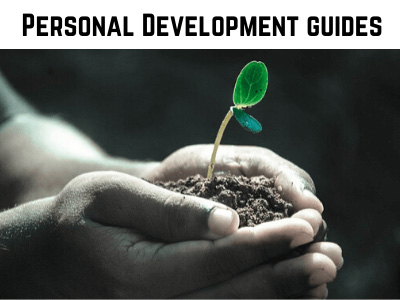Hi. Welcome to On My Canvas!
I’m Priyanka Gupta. I quit my investment banking job to write and travel the world.
Here I write about alternative ways of living, learning, and exploring. Live freely and fully is my motto.
About a decade ago, I graduated with a B.Tech. in Computer Science from the Indian Institute of Technology, Delhi (IITD). In 2016, five years into an evolving corporate career, I quit my job. I spent the next year exploring South America and Southeast Asia, solo.
In late 2017, I launched On My Canvas. Here I share the why’s and how’s of living freely and fully. For me, a free life signifies taking decisions by asking the right questions and assessing options not under fear or social pressure but through curiosity and logic. Living fully is becoming aware of the unreal walls of limitations we impose on ourselves and moving forward through them.
I concrete my self-growth guides and offbeat life ideas with scientific studies and books. I also write about my writing journey, cultural biases, and meditations on individual books. The blog has a large section devoted to travel stories.
If you want to see the world or get a different perspective, On My Canvas is a good place to hang out. Here you will find simple ways of doing things little by little. Welcome!
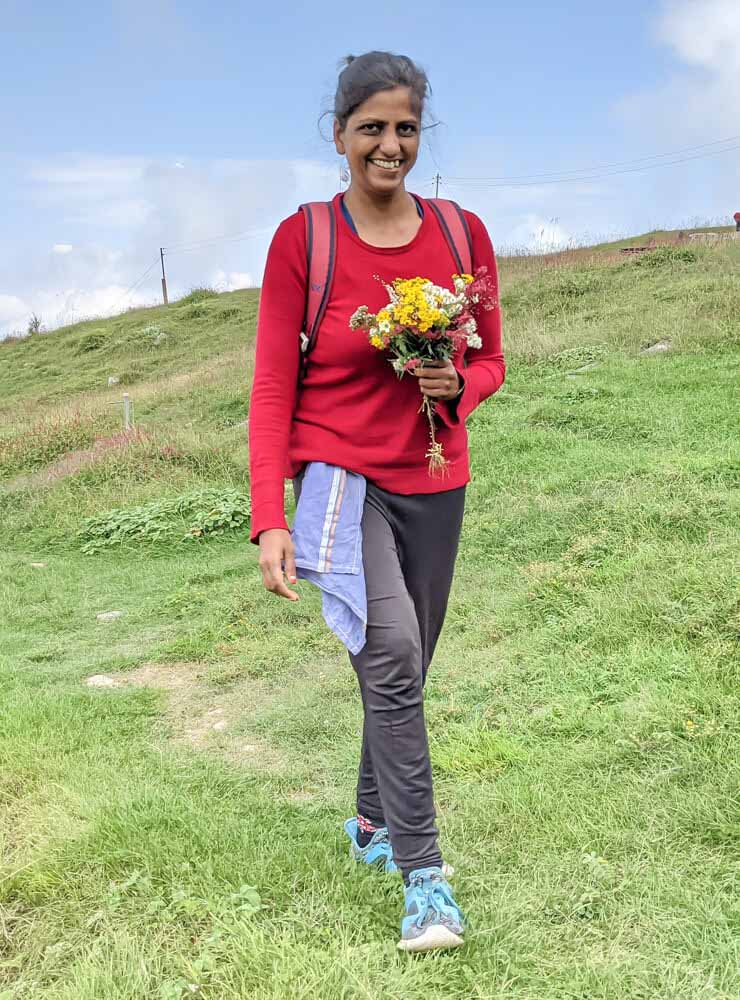
My first book
Journeys Beyond and Within…
is here!
In my usual self-deprecating, vivid narrative style (that I’ve been told you love so much, ahem), I have put out the stories I’ve never shared before (all fears aside). Embarrassingly honest, witty, and introspective, the book will entertain you if not also inspire you to travel, to rediscover home, and to leap over the boundaries.
Most importantly, I hope this book serves you well and helps you as you explore this world and yourself. Enjoy reading 🙂
Order now
For the other 180+ countries, please visit your local Amazon page or the one for your region. So for Asia, try Amazon Japan or Amazon Singapore, for Peru, head to Amazon Brazil, and for Switzerland visit Amazon Germany.
I’m trying to get the book out on as many platforms as possible soon.
Psst! Here’s the book trailer.
Latest Articles
-
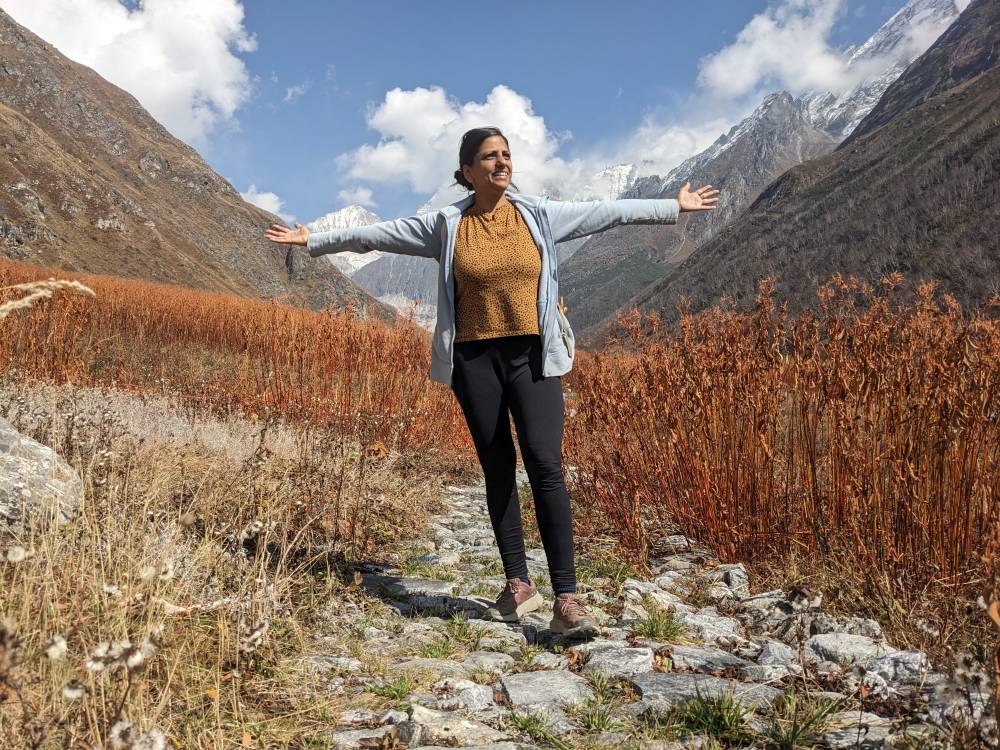
7 Scintillating Years of On My Canvas
-
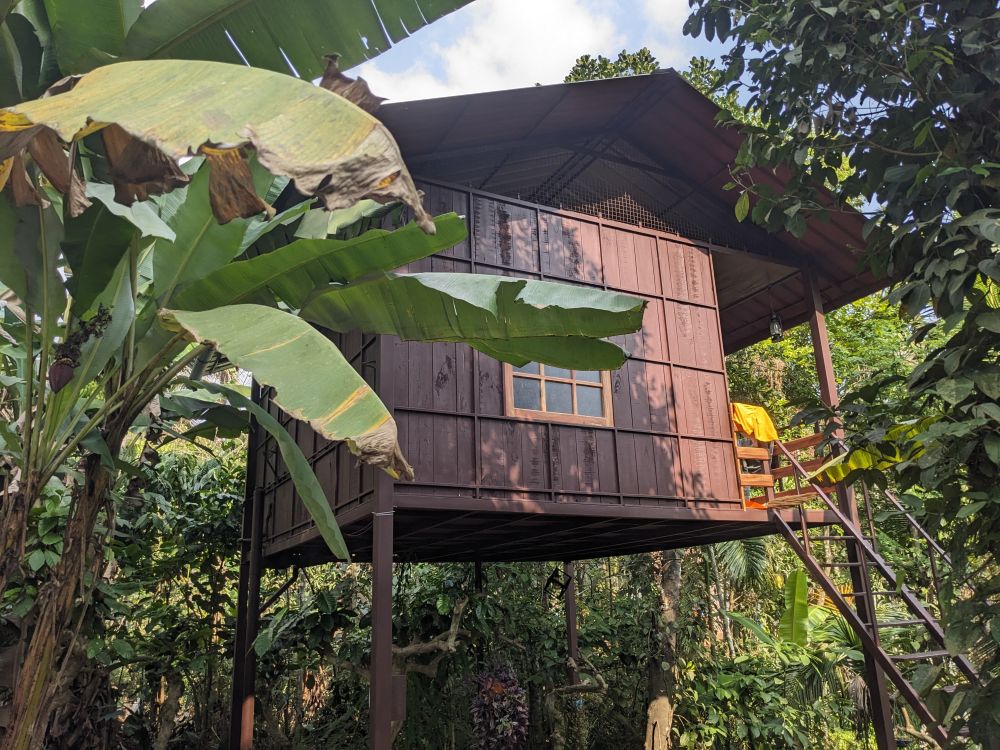
From Homeless to a Forested Stilt Home in Wayanad (Kerala)
-
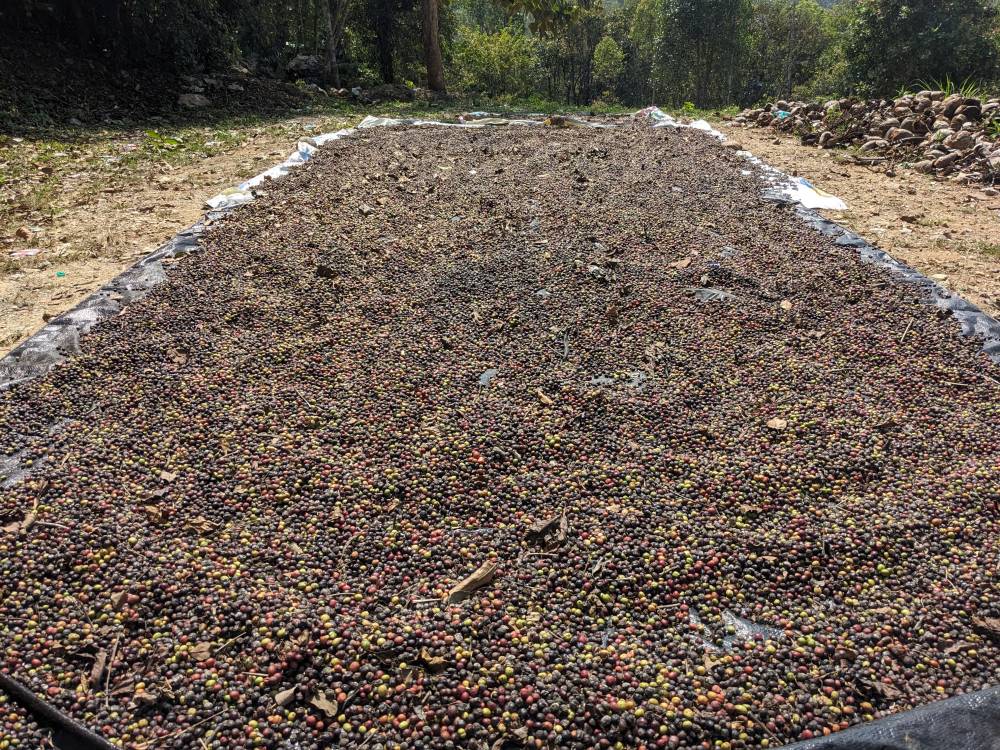
Two on a Trail: Day 4, Episode 4
-
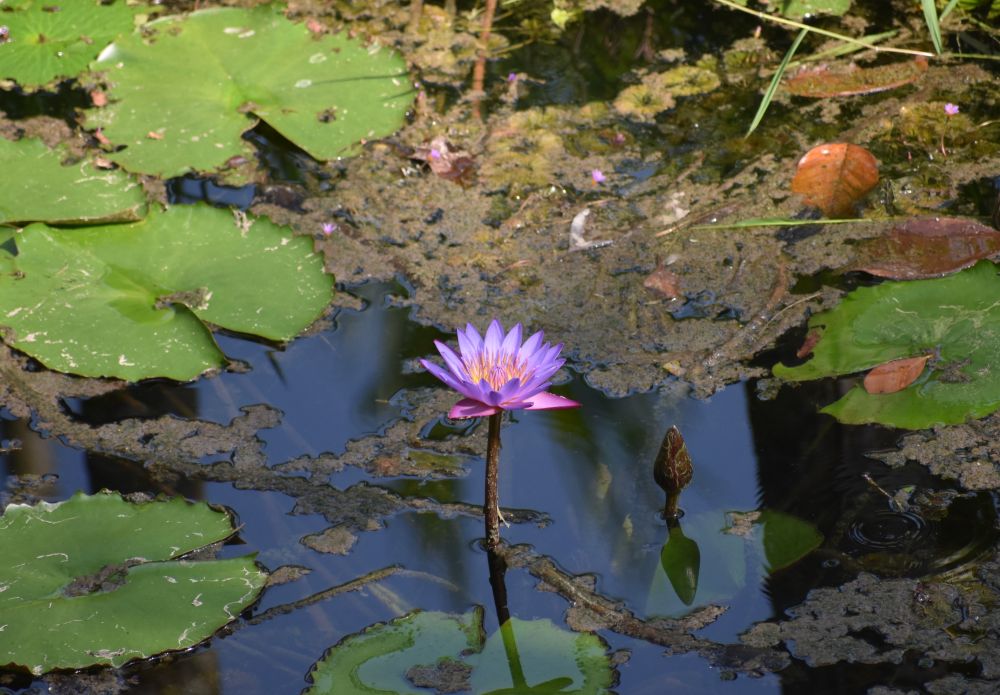
A Happy Poetess From a Village of Wayanad (Kerala): Day 3, Episode 3
-
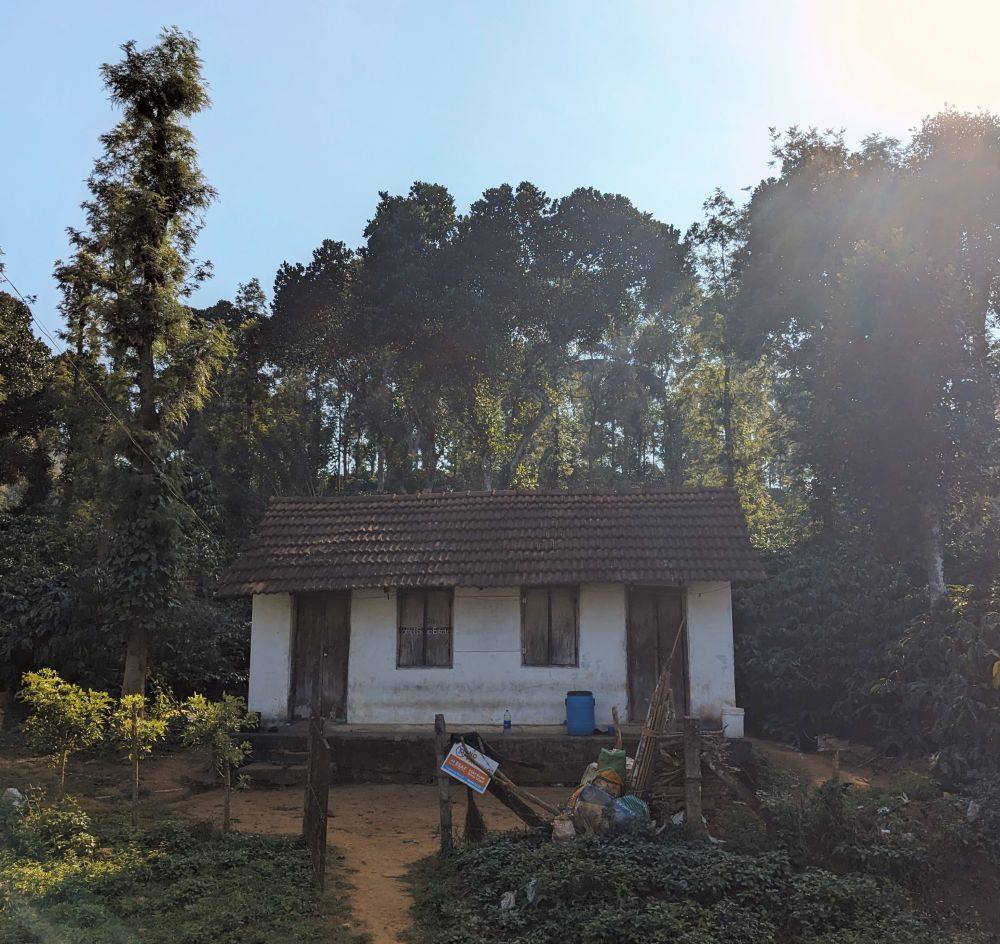
Life in a Tea, Coffee, and Betel Nut Village in Wayanad (Kerala): Day 2, Episode 2
-
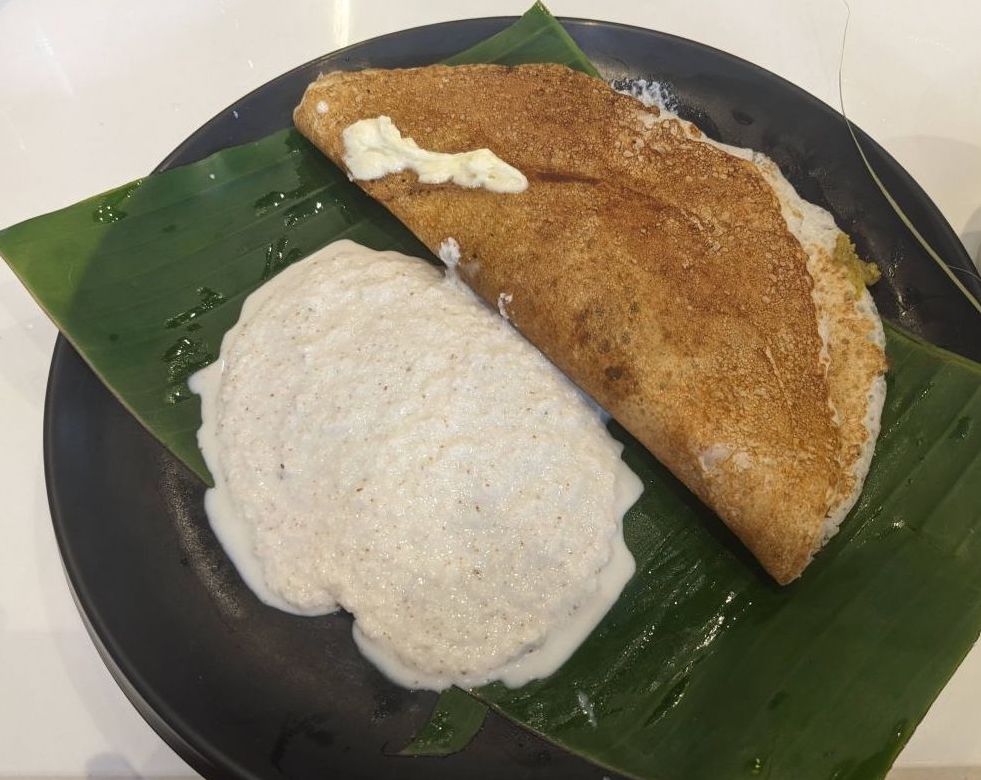
Slow Travels in Mysore
-
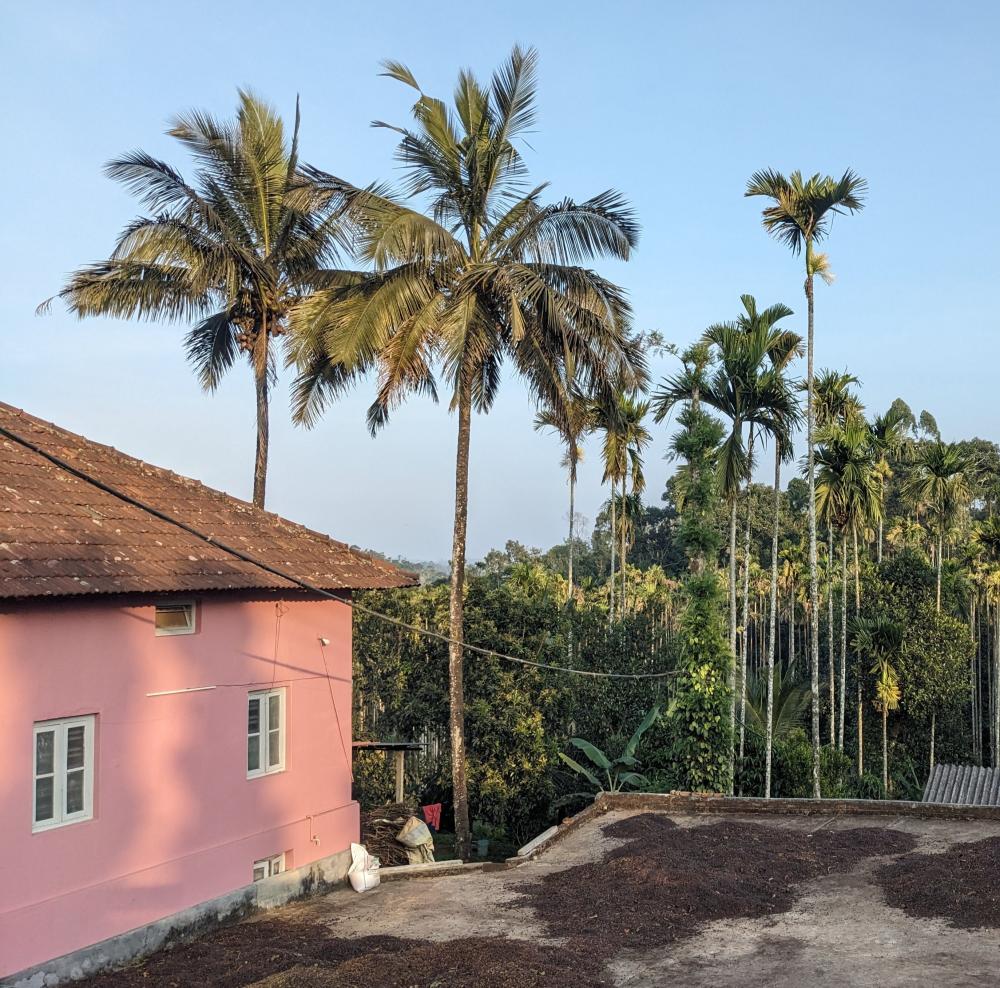
Finding a Home in a Village in Wayanad (Kerala): Day 1, Episode 1
-
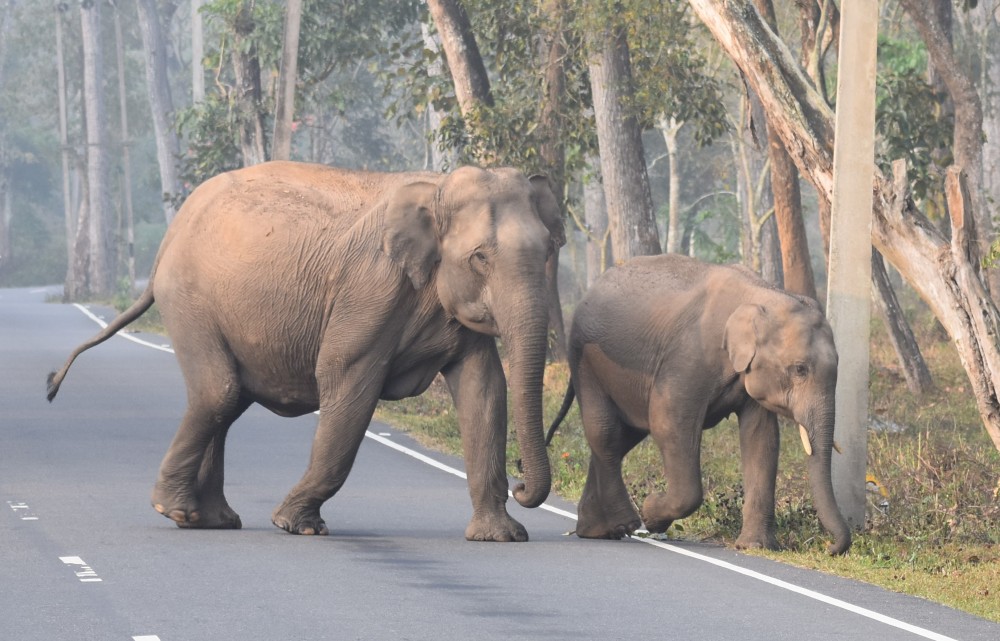
Writing, Wild Dogs, and Whiskey in Wayanad Wildlife Sanctuary

